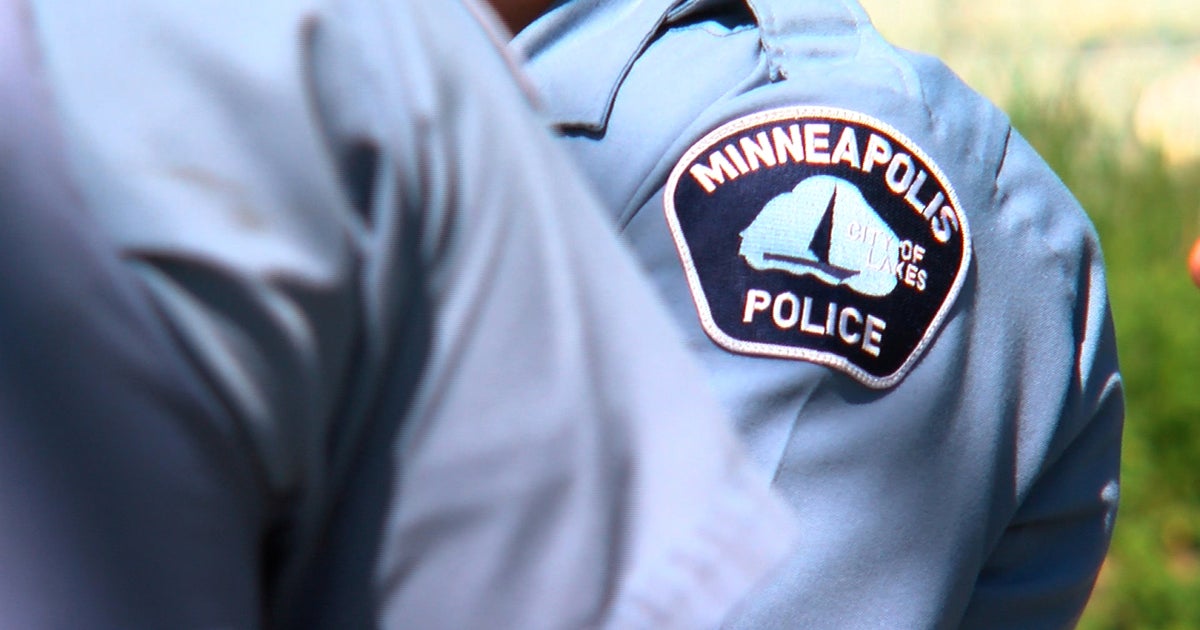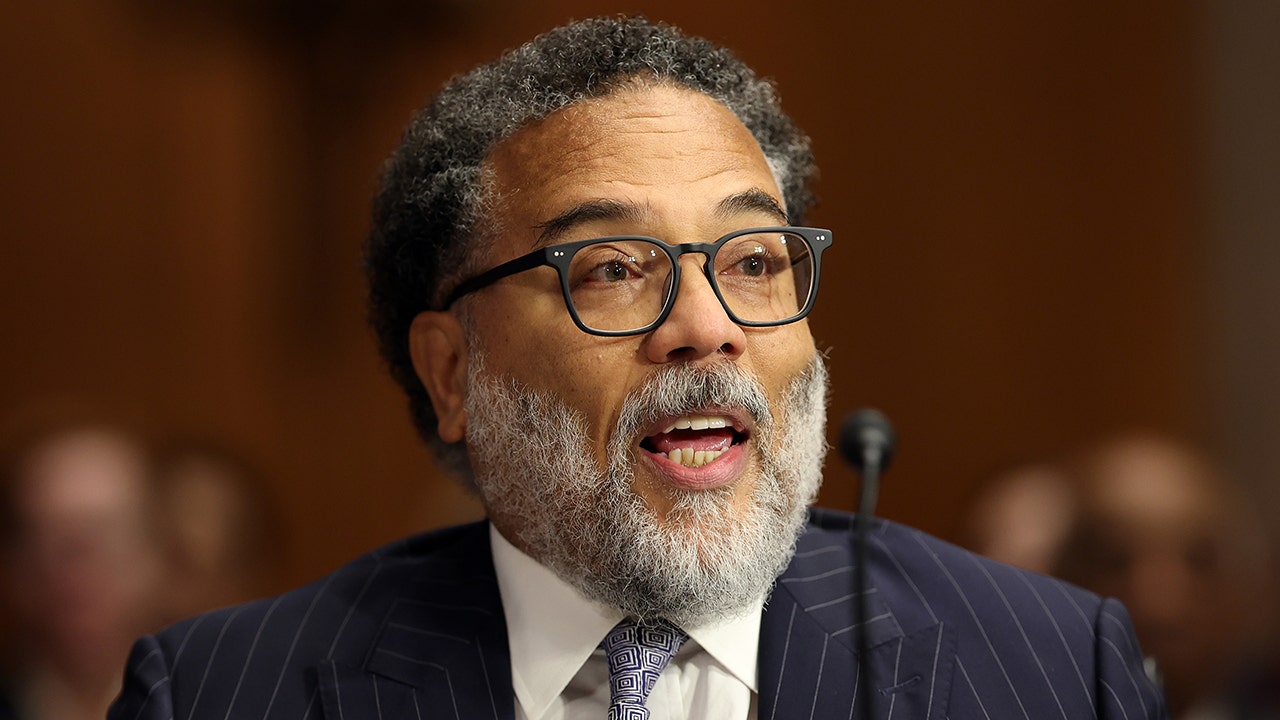Education
Former San Jose State Trainer Pleads Guilty to Groping Athletes

A former athletic trainer at San Jose State University pleaded guilty on Tuesday to unlawfully groping four women who had come to him for medical care, prosecutors said.
Appearing in U.S. District Court for the Northern District of California, the former trainer, Scott Shaw, admitted to having violated the civil rights of the women, who were student athletes, by touching their breasts and buttocks without their consent between 2017 and 2020, federal prosecutors said in a statement.
Mr. Shaw was charged in March 2022 with six misdemeanor counts of deprivation of civil rights under color of law. The charges were announced less than a year after San Jose State agreed to pay about $3.3 million to 15 women who had accused Mr. Shaw of wrongdoing. The misconduct detailed in the federal charges took place years after the university first learned of concerns about Mr. Shaw’s behavior toward women under his care, the Justice Department said.
“Scott Shaw abused his position of trust and authority as a public university official to sexually assault female student-athletes who entrusted him with their medical care,” Kristen Clarke, the assistant attorney general for the Civil Rights Division of the Justice Department, said in the statement announcing the guilty plea.
Mr. Shaw pleaded guilty nearly two weeks after a federal jury failed to reach a verdict on the six counts against Mr. Shaw. As part of the plea agreement, Mr. Shaw admitted that he had inappropriately touched the four women but pleaded guilty to only two of the six misdemeanor counts. He faces a maximum penalty of two years in prison and a fine of up to $200,000 and two years of supervised release when he is sentenced on Nov. 14.
Lawyers for Mr. Shaw did not immediately respond to a request for comment on Wednesday.
In 2021, the Justice Department concluded that San Jose State had failed to respond for more than a decade to reports of sexual harassment against Mr. Shaw. The negligence violated Title IX, a law prohibiting sex-based discrimination in schools that receive federal funding. The university reached a settlement with the Justice Department, whose investigations, along with those by other federal authorities, found at least 23 women whom Mr. Shaw had inappropriately touched.
Mr. Shaw admitted on Tuesday to abusing four women between 2017 and 2020, when he resigned after 14 years as San Jose State’s director of sports medicine and head athletic trainer, prosecutors said. Mr. Shaw agreed that he had touched the patients on their breasts and buttocks without a legitimate medical purpose and without their consent, they said.
During a treatment session in the fall of 2017, Mr. Shaw touched the breasts of a member of the university’s women’s water polo team after massaging the back of her shoulder and neck, prosecutors said.
From 2017 to 2019, Mr. Shaw treated another member of the women’s water polo team. In one session, prosecutors said, he worked his hands down from her neck to her chest and touched her breasts under her clothing.
Mr. Shaw touched the breasts of another water polo player under her clothing in the spring of 2019, prosecutors said, even though he was supposed to be treating her for a shoulder injury.
Between 2019 and 2020, prosecutors said, Mr. Shaw twice treated a player on the women’s soccer team for back pain. The first time, Mr. Shaw touched her breasts and buttocks while he was examining her spine. The second time, he touched her buttocks under her clothing while he was applying electrotherapy patches known as “stim pads.”
San Jose State said in a statement on Tuesday that the university was “committed to preventing sexual misconduct.”
“Those who were harmed by the actions of Scott Shaw shouldered a burden for years and patiently waited for their day in court,” the university said. “We hope they feel some vindication in this result.”
Mr. Shaw is not the first medical staff member who has faced legal consequences for inappropriate behavior against student athletes. Lawrence G. Nassar, a former physician who spent years on the faculty at Michigan State University, treating its athletes as well as members of the U.S. national gymnastics team, was sentenced to 40 to 175 years in prison in 2018 for sexually abusing girls and young women during medical examinations.

Education
Video: Several Killed in Wisconsin School Shooting, Including Juvenile Suspect

new video loaded: Several Killed in Wisconsin School Shooting, Including Juvenile Suspect
transcript
transcript
Several Killed in Wisconsin School Shooting, Including Juvenile Suspect
The police responded to a shooting at a private Christian school in Madison, Wis., on Monday.
-
Around 10:57 a.m., our officers were responding to a call of an active shooter at the Abundant Life Christian School here in Madison. When officers arrived, they found multiple victims suffering from gunshot wounds. Officers located a juvenile who they believe was responsible for this deceased in the building. I’m feeling a little dismayed now, so close to Christmas. Every child, every person in that building is a victim and will be a victim forever. These types of trauma don’t just go away.
Recent episodes in Guns & Gun Violence
Education
Video: Biden Apologizes for U.S. Mistreatment of Native American Children

new video loaded: Biden Apologizes for U.S. Mistreatment of Native American Children
transcript
transcript
Biden Apologizes for U.S. Mistreatment of Native American Children
President Biden offered a formal apology on Friday on behalf of the U.S. government for the abuse of Native American children from the early 1800s to the late 1960s.
-
The Federal government has never, never formally apologized for what happened until today. I formally apologize. It’s long, long, long overdue. Quite frankly, there’s no excuse that this apology took 50 years to make. I know no apology can or will make up for what was lost during the darkness of the federal boarding school policy. But today, we’re finally moving forward into the light.
Recent episodes in Politics
Education
Video: Los Angeles Bus Hijacked at Gunpoint

new video loaded: Los Angeles Bus Hijacked at Gunpoint
transcript
transcript
Los Angeles Bus Hijacked at Gunpoint
The person suspected of hijacking a bus which killed one person, was taken into custody after an hourlong pursuit by the Los Angeles Police Department early Wednesday morning.
-
“Get him.”
Recent episodes in Guns & Gun Violence
-

 Business7 days ago
Business7 days agoThese are the top 7 issues facing the struggling restaurant industry in 2025
-

 Culture7 days ago
Culture7 days agoThe 25 worst losses in college football history, including Baylor’s 2024 entry at Colorado
-

 Sports6 days ago
Sports6 days agoThe top out-of-contract players available as free transfers: Kimmich, De Bruyne, Van Dijk…
-

 Politics5 days ago
Politics5 days agoNew Orleans attacker had 'remote detonator' for explosives in French Quarter, Biden says
-

 Politics5 days ago
Politics5 days agoCarter's judicial picks reshaped the federal bench across the country
-

 Politics3 days ago
Politics3 days agoWho Are the Recipients of the Presidential Medal of Freedom?
-

 Health2 days ago
Health2 days agoOzempic ‘microdosing’ is the new weight-loss trend: Should you try it?
-

 World7 days ago
World7 days agoIvory Coast says French troops to leave country after decades














